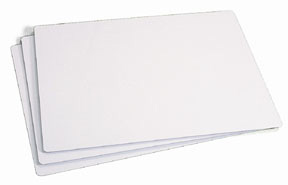Which substrate will best suit your sign needs?
Tips to help you choose the proper substrate for your sign and budget.
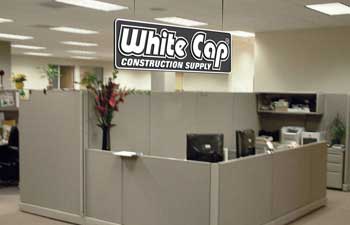 Lots of different signs are made by applying digitally printed decals or cut vinyl lettering to a specific substrate. The most common substrates used to create signs are PVC, foamboard, aluminum, and corrugated plastic. All of these substrates vary in price, and knowing which sign substrate will best fit your needs comes in handy, before you enter into ordering custom sign(s). Some sign substrates are great for long term use while other substrates are of a more temporary nature.
Lots of different signs are made by applying digitally printed decals or cut vinyl lettering to a specific substrate. The most common substrates used to create signs are PVC, foamboard, aluminum, and corrugated plastic. All of these substrates vary in price, and knowing which sign substrate will best fit your needs comes in handy, before you enter into ordering custom sign(s). Some sign substrates are great for long term use while other substrates are of a more temporary nature.
Knowing which substrate will best suit your sign goals can help save you money and ensure that you purchase the proper product. For example if you needed a long-term outdoor sign you might think that a PVC substrate would be appropriate, but in all actuality, continual outdoor exposure to the elements can actually warp your PVC sign over time. A better substrate choice for this scenario would be to go with an aluminum sign substrate that can weather the elements without warping. Or as another example, that could potentially save you money, is choosing a corrugated plastic substrate over a PVC or aluminum substrate. Ultimately it all depends on how you will be using the sign; your sign longevity needs and expectations; and of course, budget concerns or restrictions.
TOP 4 ECONOMICAL SIGN SUBSTRATE OPTIONS:
The sign substrates listed below are compiled by price (lowest to highest); rigidity (strength) and by short term to long term use.
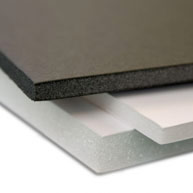 FOAMBOARD SIGNS:
FOAMBOARD SIGNS:
Foamboard signs are very economical if this substrate meets your sign needs. Foamboard signs can only be used indoors as they are easy to damage and can be destroyed by high winds or inclement weather (rain, snow, hail, etc.) Foamboard is considered a semi-rigid substrate but can be easily dented if dropped or bumped. The front and back of foamboard substrates consist of smooth paper surfaces that sandwich a think layer of Styrofoam in between them. This type of sign substrate is best utilized for POP displays, oversized checks and for poster board presentations.
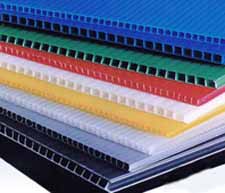 CORRUGATED PLASTIC SIGNS (Coroplast):
CORRUGATED PLASTIC SIGNS (Coroplast):
Corrugated plastic (Coroplast) sign substrates are a bit more durable than a foamboard substrate and can be used outdoors. The corrugated plastic substrate is essentially just like cardboard, but made from plastic instead, for extra rigidity and durability. Light weight and great for short term outdoor use, corrugated plastic signs, are a great economical choice when it comes to yard signs, a-frame sign inserts, real estate sign inserts, arrow signs for spinning, and temporary outdoor signs for construction sites, property management signs, etc.
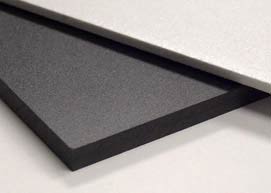 PVC SIGNS:
PVC SIGNS:
PVC sign substrates are still very affordable and are a great substrate choice when you need a bit more strength and rigidity than a foamboard or coroplast sign will allow. PVC signs can be used both indoors or outdoors (although continual exposure to the sun can cause warping) for a variety of different purposes. More often than not PVC is a more heavy-duty and long-lasting alternative when purchasing real estate signs, a-frame sign inserts, arrow signs and custom office signs for a variety of different uses including suite signs, property management signs, way-finding signs and so much more.
ALUMINUM SIGNS:
Aluminum substrates are the most rigid out of the all the sign choices and are priced a little higher than the rest. Aluminum comes in a few different thicknesses to suit both indoor and outdoor mounting needs. Aluminum is the best substrate for outdoor signage like parking signs, regulatory signs, building signs, construction area signs and some ADA signs because of it's strength and longevity. Aluminum is weather proof and geared towards long term outdoor use. When choosing an aluminum substrate make sure to consult with your sign specialist to determine which thickness will work best for your aluminum sign needs.
Have questions about sign substrate options and sign pricing, give us a call at (714) 573-9313, or visit our retail location in Orange County, California.

